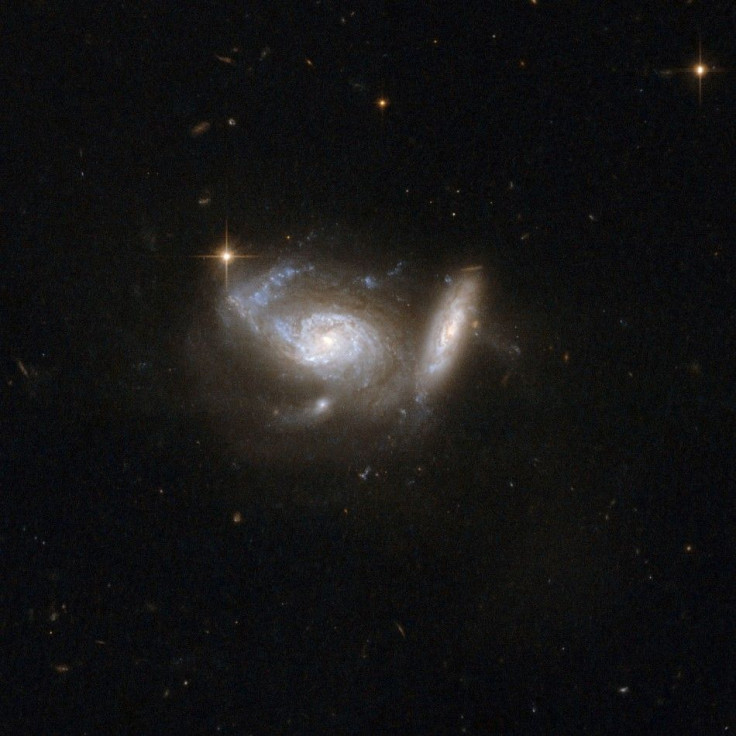Short Radiation Blasts Harm More than Long-term Rays, Research Suggests

The collision of certain heavenly bodies throughout the universe can give off a variety of harmful rays, and scientists are suggesting that so-called interstellar collisions that form intense bursts of radiation could cause more harm to the Earth than longer less intense rays.
Scientists are still not sure which bodies collide to cause the radiation blasts since collisions occur once every 100 million years, but researchers hypothesize the culprits could be neutron stars or black holes.
Scientists believe that in the Milky Way, shorter versions of radiation bursts, called gamma rays, can do more harm to the Earth's atmosphere than longer ones.
We find that a kind of gamma ray burst - a short gamma ray burst - is probably more significant than a longer gamma ray burst, Washburn University astrophysicist Brian Thomas said in a statement. Thomas will present his work at the Geological Society of America's annual meeting in Minneapolis on Sunday.
These shorter bursts take less than one second to occur, but that is all it takes to cause damage.
Still, scientists note that the amount of radiation coming from the blast is a bigger concern than the duration.
Thomas said he focused on the longer-term effects, which include depletion of the ozone layer. This depletion would in turn be harmful for terrestrial and marine plants.
I work with some paleontologists and we try to look for correlations with extinctions, but they are skeptical, Thomas said in a statement. So if you go and give a talk to paleontologists, they are not quite into it. But to astrophysicists, it seems pretty plausible.
© Copyright IBTimes 2024. All rights reserved.





















